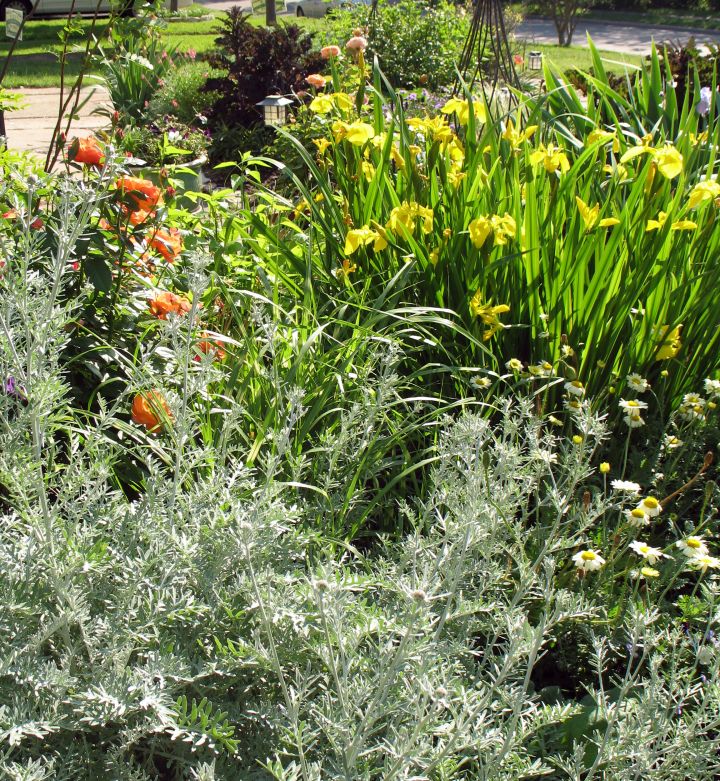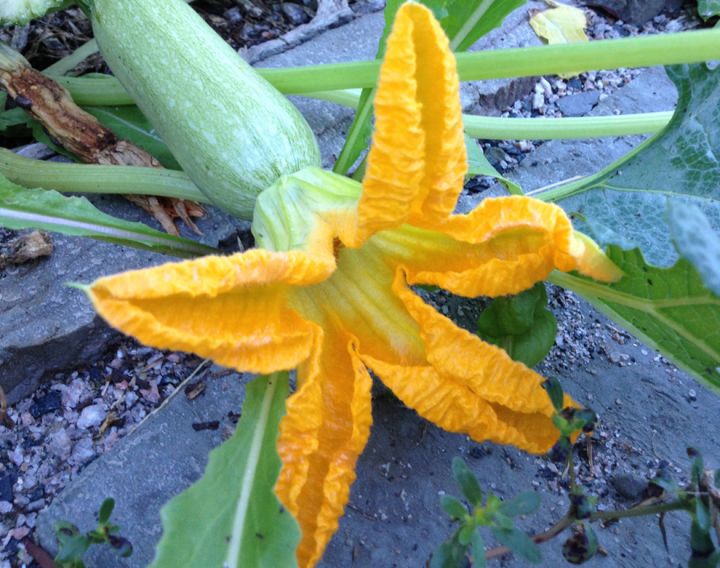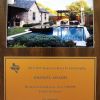A better garden border offers diversity.
November 12, 2015 | By webadmin
Before we dive into this topic, it’s probably a good idea for us to define what we actually mean when we use the term “border”. While that word may bring to mind edging, or spaces along the edges of your landscape, that’s not actually what we’re referring to. In gardening terms, a “border” actually refers to a style of gardening.

Border style
Borders, which use an informal style and mix of plants, are a gardening concept that originated in England. Essentially, a border is an ornamental landscape bed that mixes small trees, dwarf evergreens, shrubs, perennials and bulbs together to create a plant community that offers interest throughout the seasons.
The trees and shrubs you select for your borders will provide the backbone and structure for the space - be sure you have a mix of evergreen specimens for winter interest. Herbaceous perennials, grasses and bulbs all combine to provide flowers and foliage interest. These mixed-borders may be designed to transition to different colors and interest through all of our seasons, or they may favor one season in particular. That’s up to you.
You’ll often find certain plants repeated through a perennial border design in order to draw the viewer's eye through the bed. Borders can be designed using a monochromatic color scheme, complementary color schemes or analogous color schemes. OR, you can throw in every color in the rainbow if you’d like!
Mix it up
Today’s garden borders get more and more interesting. Designers are creating unique borders by adding in herbs and edibles for fragrance and flavor. If you don’t have the right dedicated space to grow edibles, don’t be afraid to mix them in with your ornamental border plants. Grow where the sun goes!

Squash blossoms are charming and delicious! Dwarf bush varieties work well mixed into a perennial border.
Bee friendly
Want to attract butterflies and feed the bees? Pollinator health is on many gardeners minds these days; mixed borders are the perfect place to create a place for them to forage. Mix in annual color such as pentas, perennial salvias and herbs such as pineapple sage and rosemary. The butterflies and bees will thank you!
__full-width.jpg)
Adding lavender to your perennial border brings fragrance and foliage contrast.
Don’t Forget Winter
When creating an attractive perennial border, remember that there are plants that bloom for fruit during winter months. Be sure to add in winter bloomers such as Lenten Rose (Helleborus spp.). These tough perennials not only bloom late-fall through winter, they also offer evergreen foliage.
__full-width.jpg)
Hellebore blooms come in a variety of colors including striking white.
Perennial borders are a great way to experiment with and showcase many different plant varieties in an informal style.
